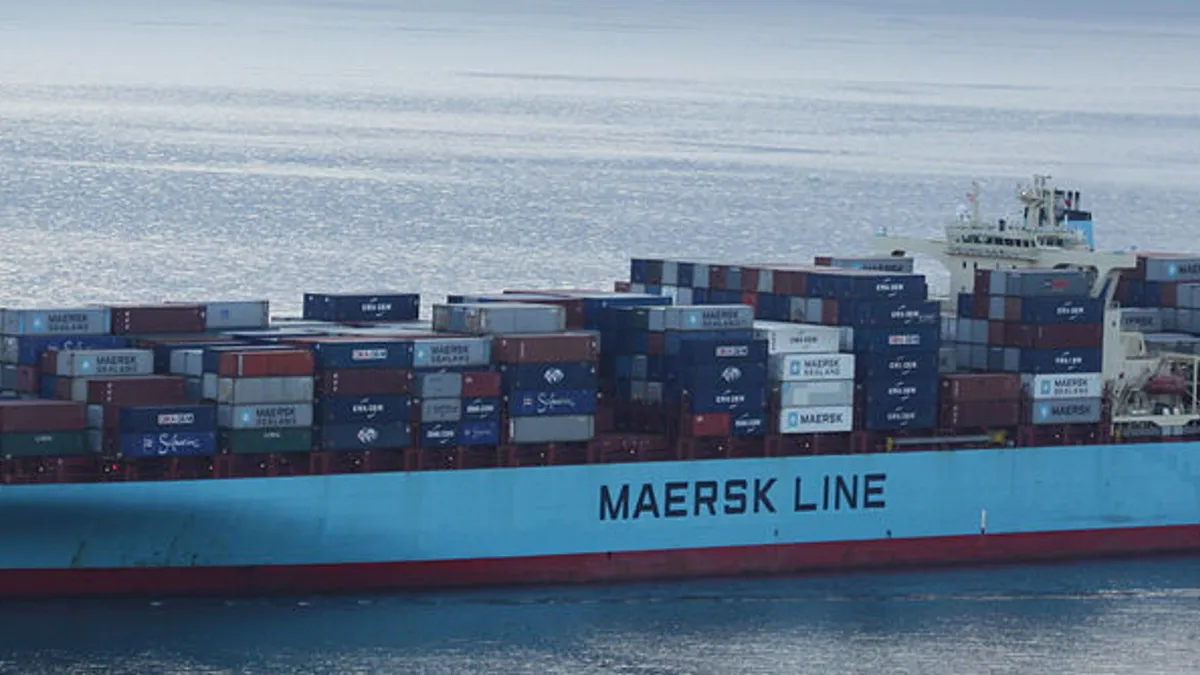Dive Brief:
- Maersk Line this week adopted CargoSphere's platform, providing it with a digital and fully-automated method of sending contract rates and amendments to shippers, according to a press release.
- The news makes Maersk Line the second major ocean carrier to join CargoSphere's "neutral rate network," after Hapag-Lloyd announced it would use the platform in March.
- The rate distribution platform provides an opportunity to tackle what CargoSphere's Managing Director Neil Barni calls a half-a-billion-dollar pain point — the time and labor cost to manage (receive, translate, send and view) contract rates between carriers and shippers (shown in the image below).
Dive Insight:
2018 may well be the year of digitization for the ocean shipping industry, as carriers bid to make their services more than a commodity for shippers and look to new technology to do so.
Rates, it seems, are the front-line of this battle for ocean liners far and wide. After all, this is the primary way shippers interact with their carriers, yet it is often a cumbersome process. A joint study by Drewry and CargoSphere last year found freight forwarders spend 24.4 million hours a year managing contract rates.
"I started off doing supply chain position jobs for PepsiCola International. That experience led me to recognize that there was so much opportunity in the pricing and rate space," Barni, a founder of CargoSphere, told Supply Chain Dive.
CargoSphere, now with two top carriers on board, is attempting to help the industry tackle it by making it easier to manage contract rates. Digitizing the process helps take some of the ambiguity out, and provides an opportunity for increased data analysis. "The interpretation aspect is being removed," he said. "We're dealing with structured data versus file formats in which you have Word, PDF and Excel."
Other companies, such as NYSHEX, are attempting to make spot contracts more enforceable through public platforms. Meanwhile, carriers themselves are investing in online quotation tools to streamline the user experience.
"We're seeing the confluence of interest in digital transformation and putting technology underneath these important customer relationships," Barni said, commenting on the general trends he sees as a driving force for his platform's adoption by both Hapag-Lloyd and Maersk.














